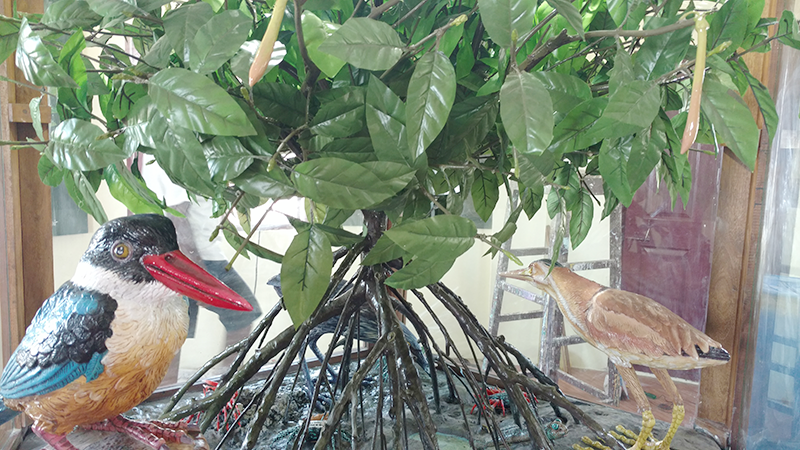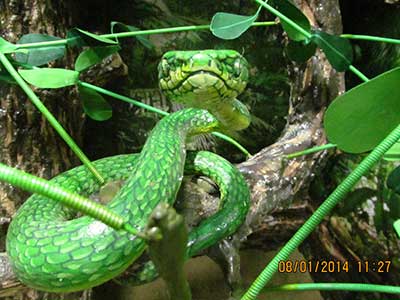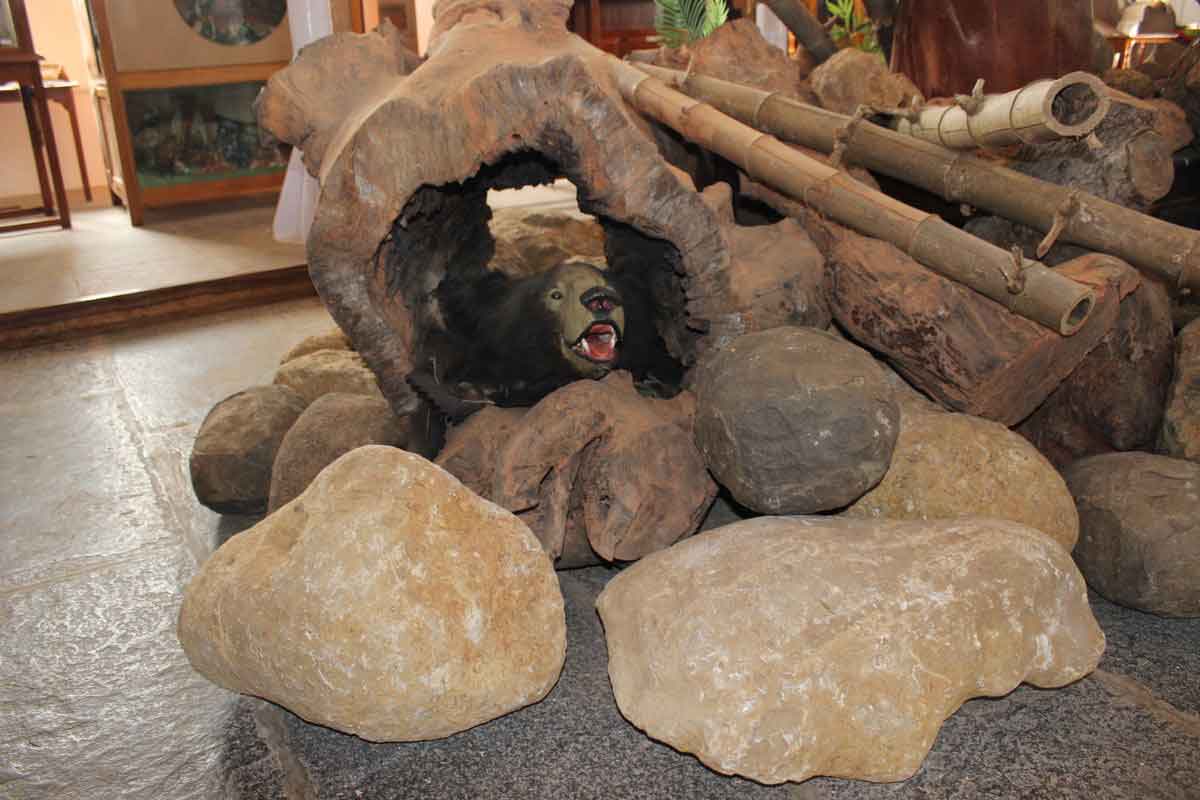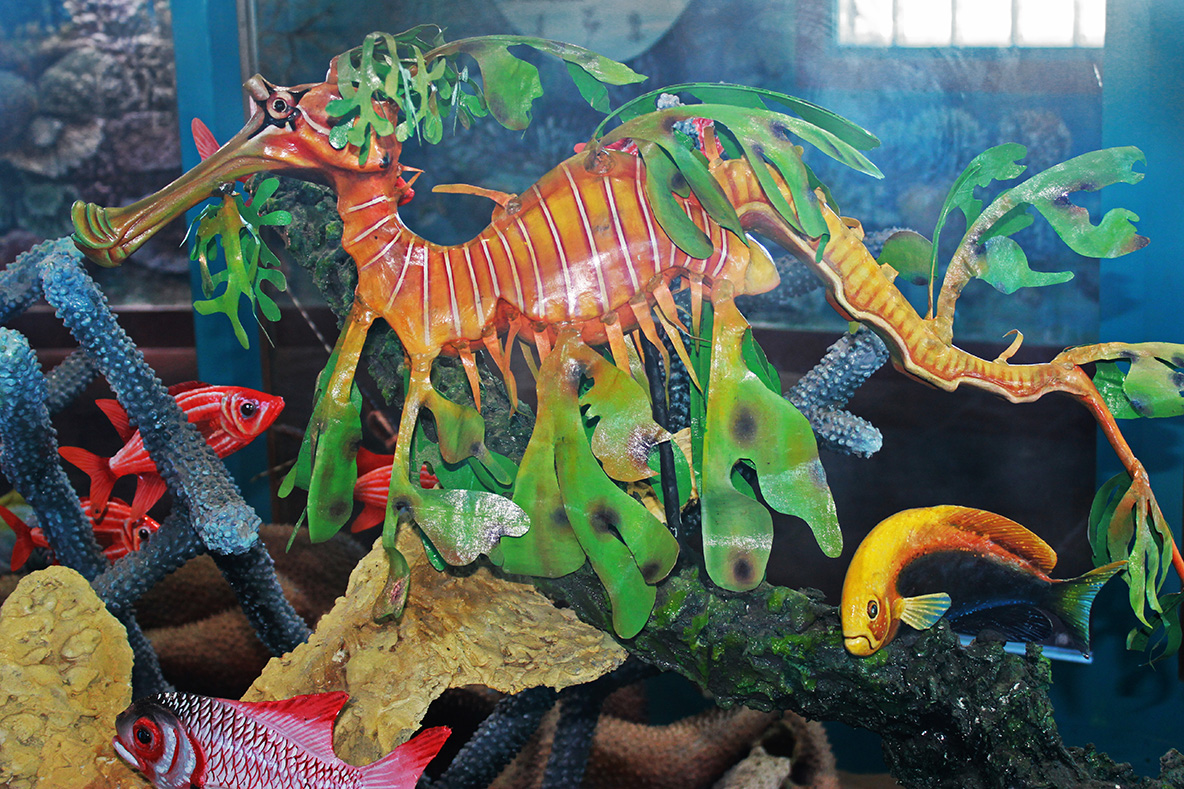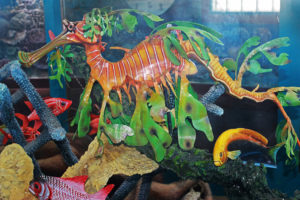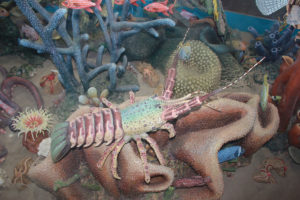Pitchavarm Mangrove Forest
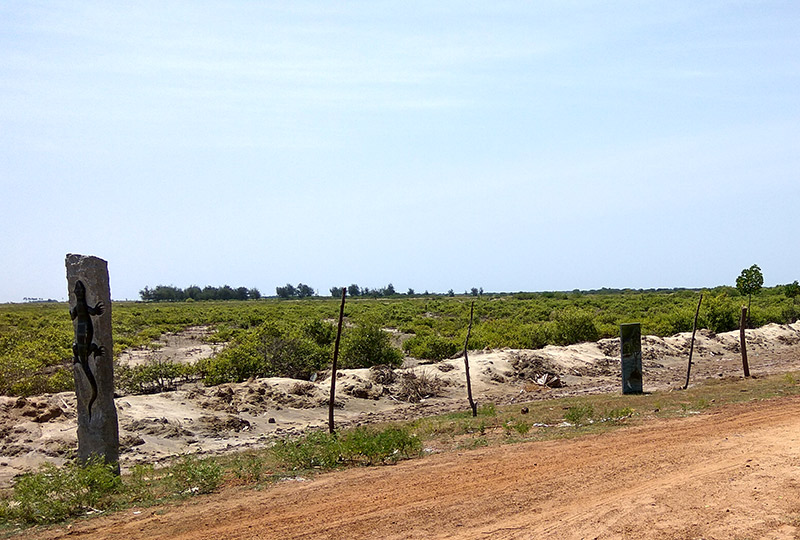 Home to one of India’s largest and most important mangrove ecosystems, Pichavaram in the Cuddalore district of Tamil Nadu has long mesmerised visitors with its spectacular maze of narrow waterways and overhanging mangroves.
Home to one of India’s largest and most important mangrove ecosystems, Pichavaram in the Cuddalore district of Tamil Nadu has long mesmerised visitors with its spectacular maze of narrow waterways and overhanging mangroves.
The art department at Pitchandikulam is delighted to have helped design and create an interpretation centre on the site, on commission from the Tamil Nadu Forest Department.
The project consisted of two parts:
- an interpretation centre, with over a dozen artworks and a permanent exhibition on the biodiversity of the mangrove ecosystem
- a nature trail aimed at schoolchildren and tourists with nine carved stone pillars and seven kadappu stone slabs with oil paintings and information on local birds, marine life and distinctive botanical features such as the Rhizophora species of mangrove trees.
Over a dozen artworks were made for the mangrove interpretation centre, including a beautiful sea turtle who now takes pride of place hanging from the ceiling, and a complex five foot painted sculpture of a rhizophora mangrove tree, complete with roots.
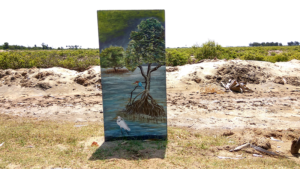
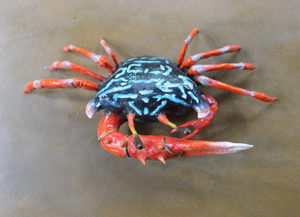

Snake Park, Chennai
 This project involved the creation of life sized models of various snakes and lizards.The challenge was to be as taxonomically accurate as possible as the models had to undergo scrutiny by top herpetologists and other wildlife biologists. In addition the models had to depict life styles of the animals that one would not observe unless one spent considerable time observing them in the wild. This was one of Pitchandikulam’s most satisfying projects as it passed muster in both the strict scientific as well as the art fields.
This project involved the creation of life sized models of various snakes and lizards.The challenge was to be as taxonomically accurate as possible as the models had to undergo scrutiny by top herpetologists and other wildlife biologists. In addition the models had to depict life styles of the animals that one would not observe unless one spent considerable time observing them in the wild. This was one of Pitchandikulam’s most satisfying projects as it passed muster in both the strict scientific as well as the art fields.


Gass Forest Museum, Coimbatore

This is one of the oldest museums in the country. We were commissioned to refurbish the museum and give it a more aesthetically appealing look without compromising the existing collections in the museum. The work needed quite a bit of ingenuity and involved the creation of life-sized sculptures of large animals, interpretative signage, indoor landscaping, refurbishing of antique furniture and models, and the cleaning and remounting of the hundreds of animal trophies and skins contained in the collection.
The highlight of the exhibition space is a three dimensional diorama, approximately 25m x 3m, of a rocky forest landscape complete with sculptures of a tiger, a family of lion-tailed macaques, an Indian python swallowing a spotted deer, a king cobra, and a ficus tree amongst many other minor items. A stuffed gaur (Indian bison), presented by the Maharaja of Mysore, and a few other fully stuffed specimens were also used to give a realistic feel to the exhibition.
There’s a good article from the Hindu on the reopening of the museum here.




Marine Interpretation Centre, Kundakal (near Rameswaram)
This was a joint UNDP and Gulf of Mannar Biosphere Reserve Trust (GoMBRT) undertaking. The concept was essentially that when one entered the building the atmosphere should be almost as if one was underwater. The highlight of the whole exercise was a three dimensional 18 ft x 9 ft model of a coral reef with hundreds of associated life forms.
